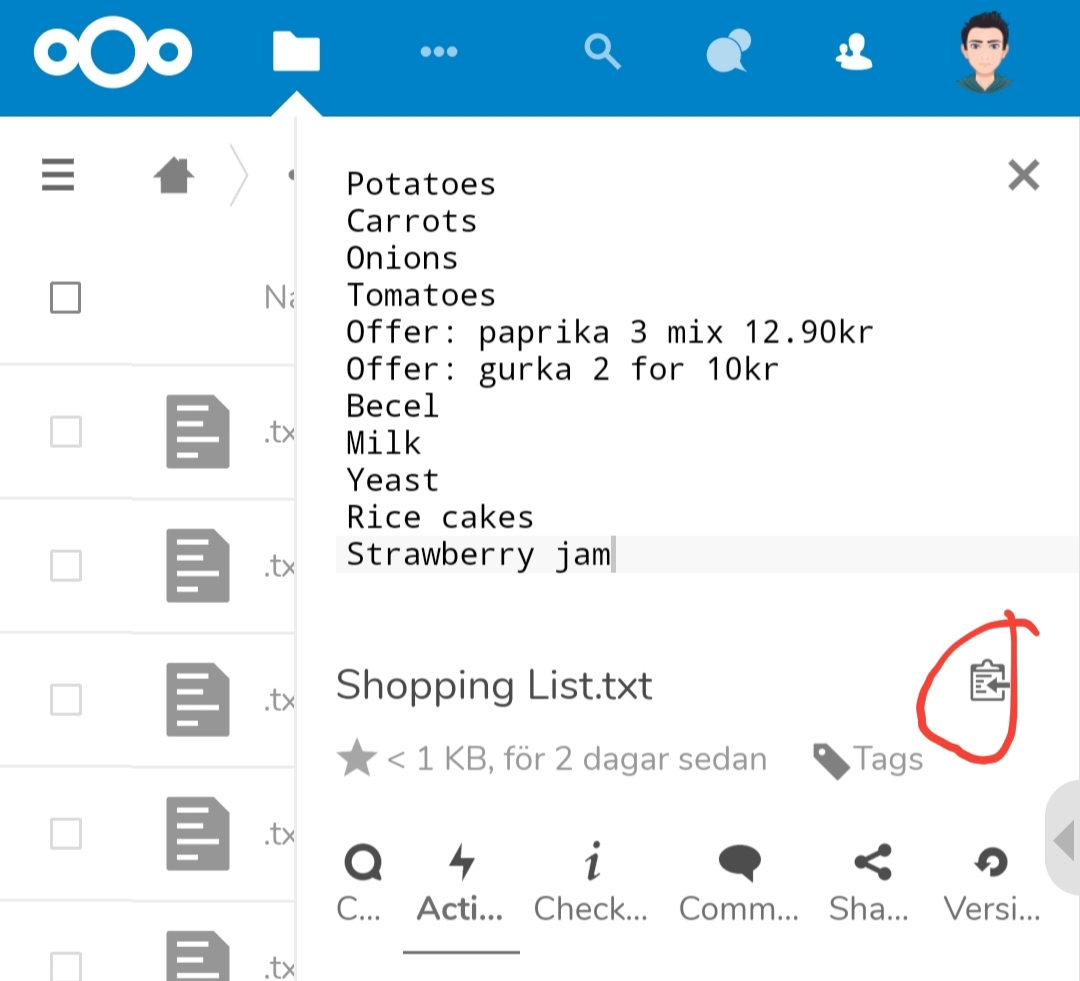

Note: Whomever designed this came down on the “tabs” side of the “tabs vs. Add the following entry to the /etc/nf file: Create the /etc/nf file if it didn’t already exist.Ģ.

To create a symbolic link at the root level named installers which points to /Users/Shared/installers, I would do the following:ġ. To show how this works, I’ve created a directory containing installer packages located at /Users/Shared/installers. Instead, it is the next directory level down. Note: In those cases where you’re creating a symbolic link and are including a path, the start point for the directory path is not /. After all desired entries have been made, save the /etc/nf file.įor example, /etc/nf may look like this: In /etc/nf, define the name(s) of the empty directory or symbolic link you want to have appear at the root level.Ĥ. Make sure /etc/nf has the following permissions:ģ. Create a file in the /etc directory named nf.Ģ. To create a synthetic firmlink, you need to do the following:ġ. For more details, please see below the jump. These synthetic firmlinks are how the OS enables folks to create directories and symbolic links on the read-only boot volume. The use of firmlinks is exclusively reserved for the OS’s own use, but Apple has also made available what are called synthetic firmlinks. Firmlinks are new in macOS Catalina and are similar in function to Unix symbolic links, but instead of only allowing travel one way (from source to destination) firmlinks allow bi-directional travel. To address this need, Apple added a new method for creating directories at the root level which leverages Apple File System’s new firmlink functionality. For users or environments which were used to using adding directories to the root level of the boot drive, this change meant they could no longer do that. Use the lncommand to create links and verify using the ls command.One of the changes which came with macOS Catalina was the introduction of a read-only root volume for the OS.
MACOS BEST SYMBOLIC LINKER HOW TO
You should now have a solid understanding of hard and symbolic (soft) links, and how to work with them. The inode and file data are permanently deleted when the number of hard links is zero.A hard link can only refer to a file on the same file system.If the original file is moved, hard links still work.If the original file is deleted, the file data can still be accessed through other hard links.Here are a few important aspects of hard links: In practice, this is similar to creating a copy of the file. A filename is created to refer to the inode data.Ī hard link works by creating another filename that refers to the inode data of the original file.A reference file, called inode, is created to point to the location of the data.The data is physically written to the disk.When a file is stored on a hard drive, several things happen: Soft links are often used to quickly access a frequently-used file without typing the whole location.A soft link can refer to a file on a different file system.If the original file is moved or deleted, the symbolic link won’t work.If the symbolic link file is deleted, the original data remains.Here are a few important aspects of a soft link: It works like a hyperlink on the internet. The ln command can be used to create two different kinds of links:Ī soft link, sometimes called a symbolic link or symlink, points to the location or path of the original file. To verify whether the symlink has been created, use the ls command: ls -l link_file.txt This creates a symbolic link (link_file.txt) that points to the test_file.txt. Destination is the location to save the link – if this is left blank, the symlink is stored in the current working directory.įor example, create a symbolic link with: ln -s test_file.txt link_file.txt.Source is the file or directory being linked to.The -f option will force the command to overwrite a file that already exists.Use the -s option to create a soft (symbolic) link.By default, the ln command creates a hard link.To use the ln command, open a terminal window and enter the command with the following format: ln (optional) A user account with sudo or root privileges (needed to access certain protected files and directories).Access to a terminal window / command line ( Activities > Search > type Terminal).


 0 kommentar(er)
0 kommentar(er)
